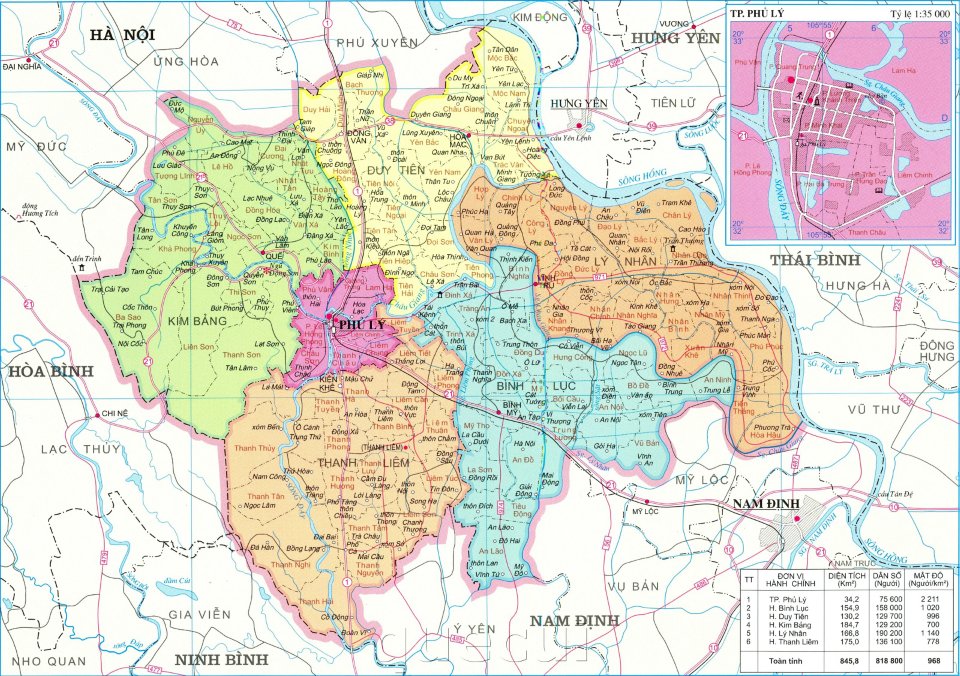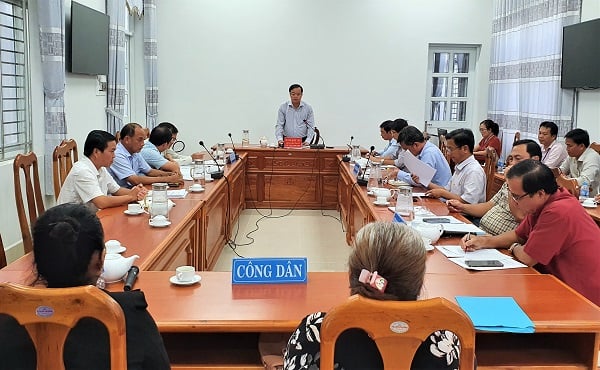Factors of borders, boundaries, and topography in the preparation of provincial and district administrative maps in Vietnam
This is one of the important contents stipulated in Circular 47/2014/TT-BTNMT on Technical Regulations for the Establishment of Administrative Maps at All Levels in Vietnam, promulgated on August 22, 2014.

Factors of borders, boundaries, and topography in the preparation of provincial and district administrative maps in Vietnam (Illustrative Image)
The elements regarding boundaries, administrative divisions, and topography in the creation of provincial and district-level administrative maps in Vietnam are stipulated as follows:
- Regarding national boundary elements, administrative boundaries must:
- Fully represent national land boundaries and baseline;- Fully represent defined and undefined provincial-level administrative boundaries, territorial zoning for provincial-level administrative divisions;- Fully represent the centers of provincial-level administrative units;- Annotate the names of provincial-level administrative units.
- Topographic elements must ensure:
- On the national administrative map, contour lines should not be displayed; represent depth contour lines and depth levels as follows: 200 m, 1500 m, 4000 m; annotate depth points with a density of 4 points per 1 dm² on the map;- Represent special topographic areas: swamps, sandbanks larger than 1 cm² on the map; distinguish between dry and wet sandbanks;- Represent the locations of the highest and most characteristic mountains in the country, mountains on the national boundary line, and administrative boundaries; annotate the height of mountain peaks and names;- The national administrative map at a scale of 1:3,500,000 may not display topographic elements as prescribed in Points a, b, c Clause 4 of Article 27 Circular 47/2014/TT-BTNMT.
More details can be found in Circular 47/2014/TT-BTNMT, effective from August 22, 2014.
Thuy Tram
- Key word:
- administrative map
- Vietnam
- Duties and powers of the Prime Minister the Government of Vietnam under the latest regulations in 2025
- Guidelines for propaganda on the Hung Kings Commemoration Day in 2025 (March 10 of the lunar calendar) in Vietnam
- System of financial management organization of trade unions in Vietnam according to Decision 1408/QD-TLD
- New regulations on the distribution of financial revenue sources for grassroots trade unions in Vietnam
- Resolution 190: Guidance on citizen reception, complaint and denunciation resolution during organizational restructuring process in Vietnam
- Provisions on naming and use of seals after the organizational restructuring in Vietnam according to Resolution 190
-

- Regulations on the lawmaking and amendment of ...
- 14:01, 22/02/2025
-

- Guidelines for propaganda on the Hung Kings Commemoration ...
- 10:34, 22/02/2025
-

- System of financial management organization of ...
- 10:00, 22/02/2025
-

- New regulations on the distribution of financial ...
- 09:30, 22/02/2025
-

- Resolution 190: Guidance on citizen reception ...
- 09:00, 22/02/2025
-

- Duties and powers of the Prime Minister the Government ...
- 15:00, 22/02/2025
-

- Regulations on the lawmaking and amendment of ...
- 14:01, 22/02/2025
-

- Guidelines for propaganda on the Hung Kings Commemoration ...
- 10:34, 22/02/2025
-

- System of financial management organization of ...
- 10:00, 22/02/2025
-

- New regulations on the distribution of financial ...
- 09:30, 22/02/2025
 Article table of contents
Article table of contents
